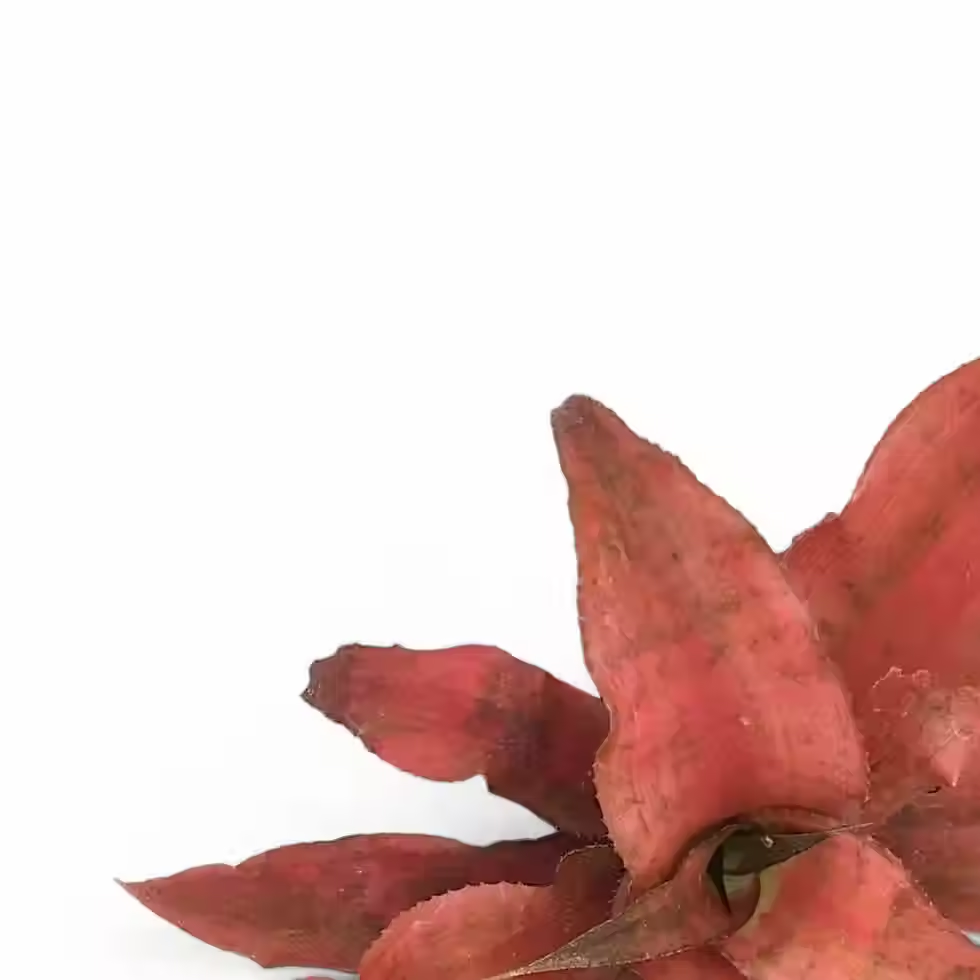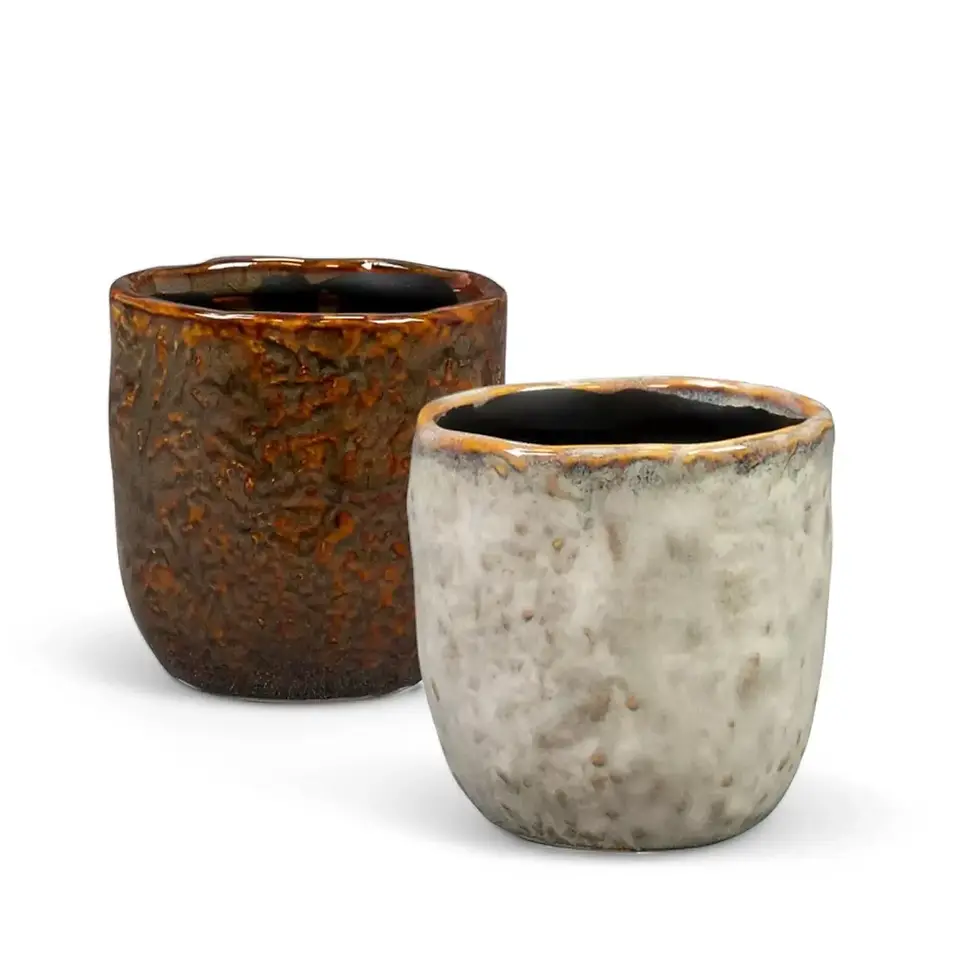Philodendron nangaritense - Striking Foliage and Care Guide
Philodendron nangaritense captivates with its deep maroon petioles covered in distinctive white tubercles. This rare species grows as both a terrestrial creeper and a hemiepiphyte, adapting to different environments. Its semi-glossy, bicolorous leaves and thick, textured petioles make it an eye-catching addition to any collection.
Philodendron nangaritense Features and Growth
- Unique petioles: Deep maroon stems covered in wart-like white tubercles, creating a striking textured effect.
- Durable foliage: Semi-leathery, bicolorous leaves with a firm texture and slight sheen.
- Adaptable growth: Can grow terrestrially or as a hemiepiphyte, making it versatile for pots, moss poles, or tree trunks.
Philodendron nangaritense Care Instructions
→ Light requirements
Thrives in bright, indirect light. Avoid direct sunlight to prevent leaf burn and maintain its natural sheen.
→ Watering guidelines
Water when the top few centimeters of soil feel dry. Ensure proper drainage to prevent standing water and root rot.
→ Humidity needs
Requires humidity levels above 70%. Use a humidifier for optimal conditions, but avoid misting unless for foliar feeding.
→ Soil and repotting
- Soil mix: Prefers a well-draining blend of perlite, orchid bark, and coconut coir.
- Repotting: Every 1-2 years or when root-bound. Choose a container with drainage holes.
→ Philodendron nangaritense - Fertilizing and growth support
- Feeding schedule: Apply a balanced liquid fertilizer monthly for steady growth.
- Encouraging development: Regular feeding promotes lush foliage and strong root systems.
→ Pruning and maintenance
- Pruning: Remove yellowing or damaged leaves to maintain plant health.
- Training growth: Trim leggy stems for a fuller, more compact shape.
Philodendron nangaritense Common Issues and Solutions
- Pests: Susceptible to spider mites, mealybugs, and aphids. Inspect leaves regularly and treat with insecticidal soap if needed.
- Root rot: Overwatering or poor drainage can cause rot. Use well-draining soil and adjust watering as necessary.
- Yellowing leaves: Typically caused by overwatering or insufficient light. Adjust watering and light exposure accordingly.
- Leggy growth: Indicates insufficient light. Move to a brighter location and prune as needed.
Additional Care Tips for Philodendron nangaritense
- Mimic its tropical habitat with indirect light, high humidity, and well-draining soil.
- Dust the leaves occasionally to maximize photosynthesis and maintain their appearance.
Etymology and Origin
The name Philodendron comes from the Greek words "philo" (love) and "dendron" (tree), referring to its natural climbing tendency. The species name nangaritense originates from the Nangaritza Valley in Ecuador, highlighting its tropical roots.
FAQs About Philodendron nangaritense
- How often should I water Philodendron nangaritense? Water when the top soil layer dries out. Avoid overwatering to prevent root rot.
- What soil does Philodendron nangaritense need? A well-draining mix with perlite, orchid bark, and coconut coir works best.
- How can I increase humidity? Aim for 70%+ humidity using a humidifier, but avoid misting unless necessary.
Order Philodendron nangaritense Today!
Add this rare, striking plant to your collection. Order now and enjoy its unique maroon petioles and robust growth!
Philodendron nangaritense
Philodendron nangaritense comes in following sizes:
S – is approximately 15 cm tall and comes in a ⌀ 10.5 cm pot
M – is approximately 25 cm tall and comes in a ⌀ 12 cm pot

























































